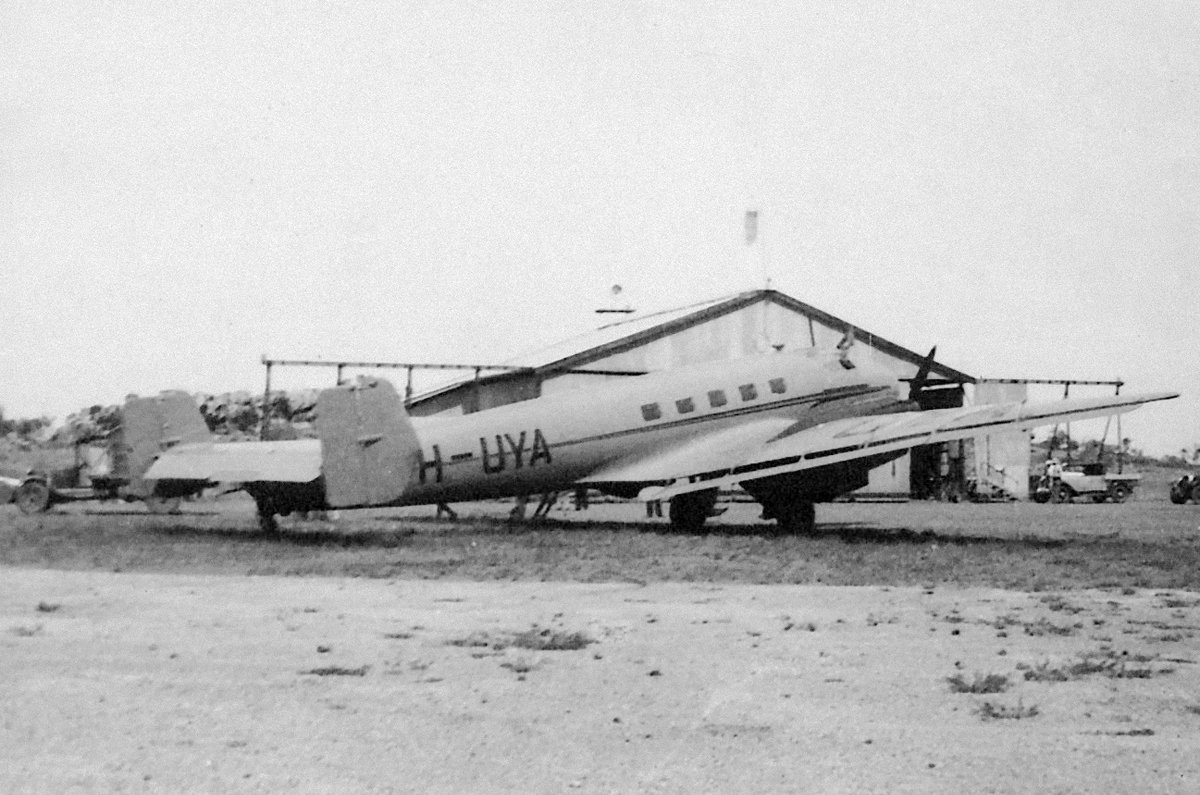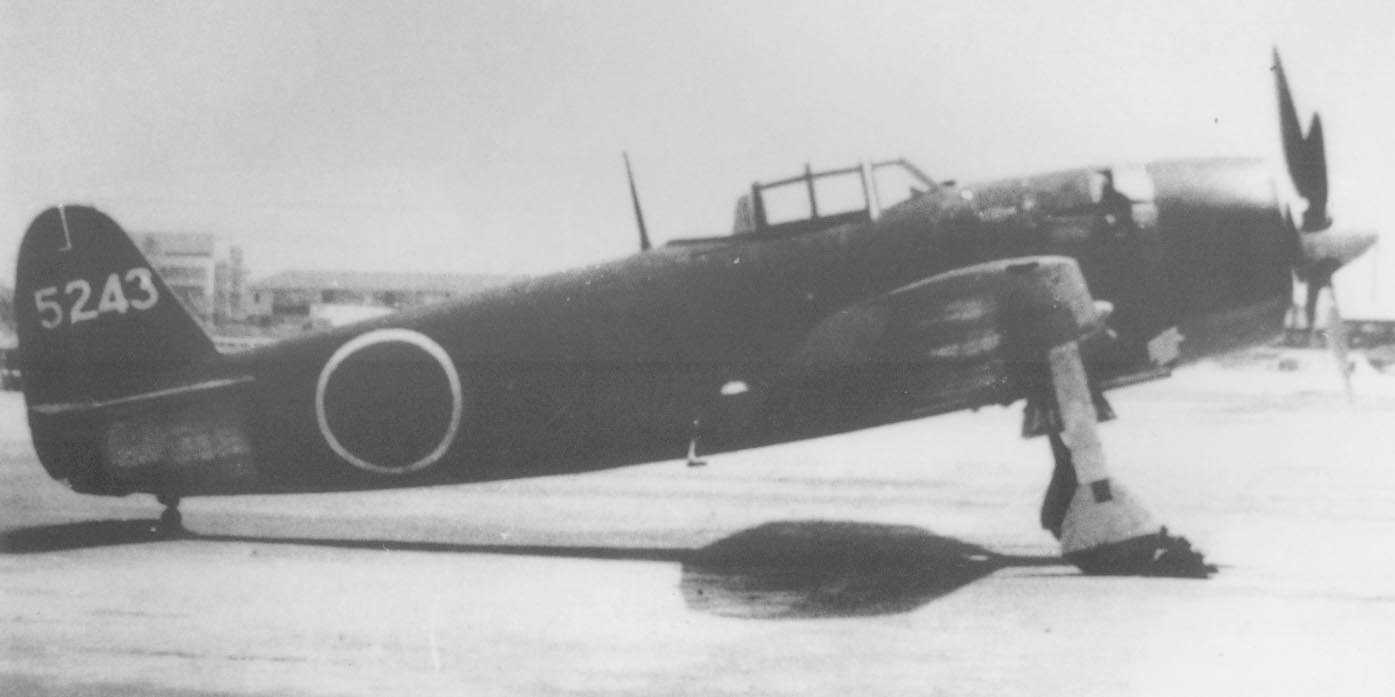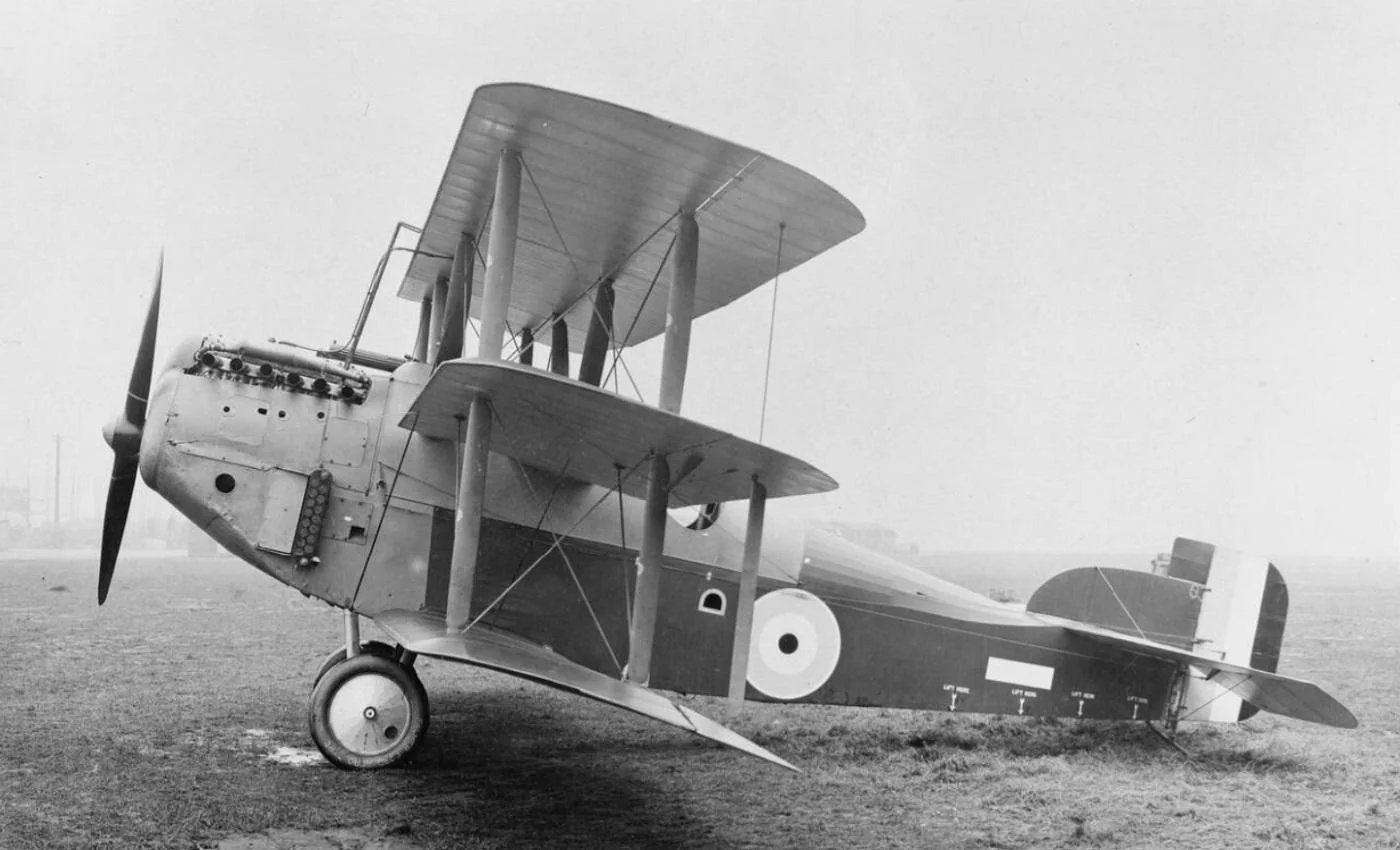Tag: bomber
-
Junkers Ju 86 in Australia

Junkers Ju 86 in Australia Junkers Ju 86 Z Werknummer 086 0952 was built in1937 in Dessau, Germany and registered as D-AGEY. During March 1937, over a three-week period, it was piloted by Hans Kommoll on a ferry flight from Germany to Australia. Just before landing, an engine failed resulting in it swinging off the… Read more
-
Kawanishi N1K2-J Shiden-Kai

Kawanishi N1K2-J Shiden-Kai Developed from the Kawanishi N1K1-J Shiden, the N1K2-J addressed the major defects present in its predecessor, primarily the mid-mounted wing and long landing gear. The wing was lowered, thereby shortening the landing gear, while the fuselage was lengthened and the tail unit redesigned. The design changes resulted in a lightening of the fighter… Read more
